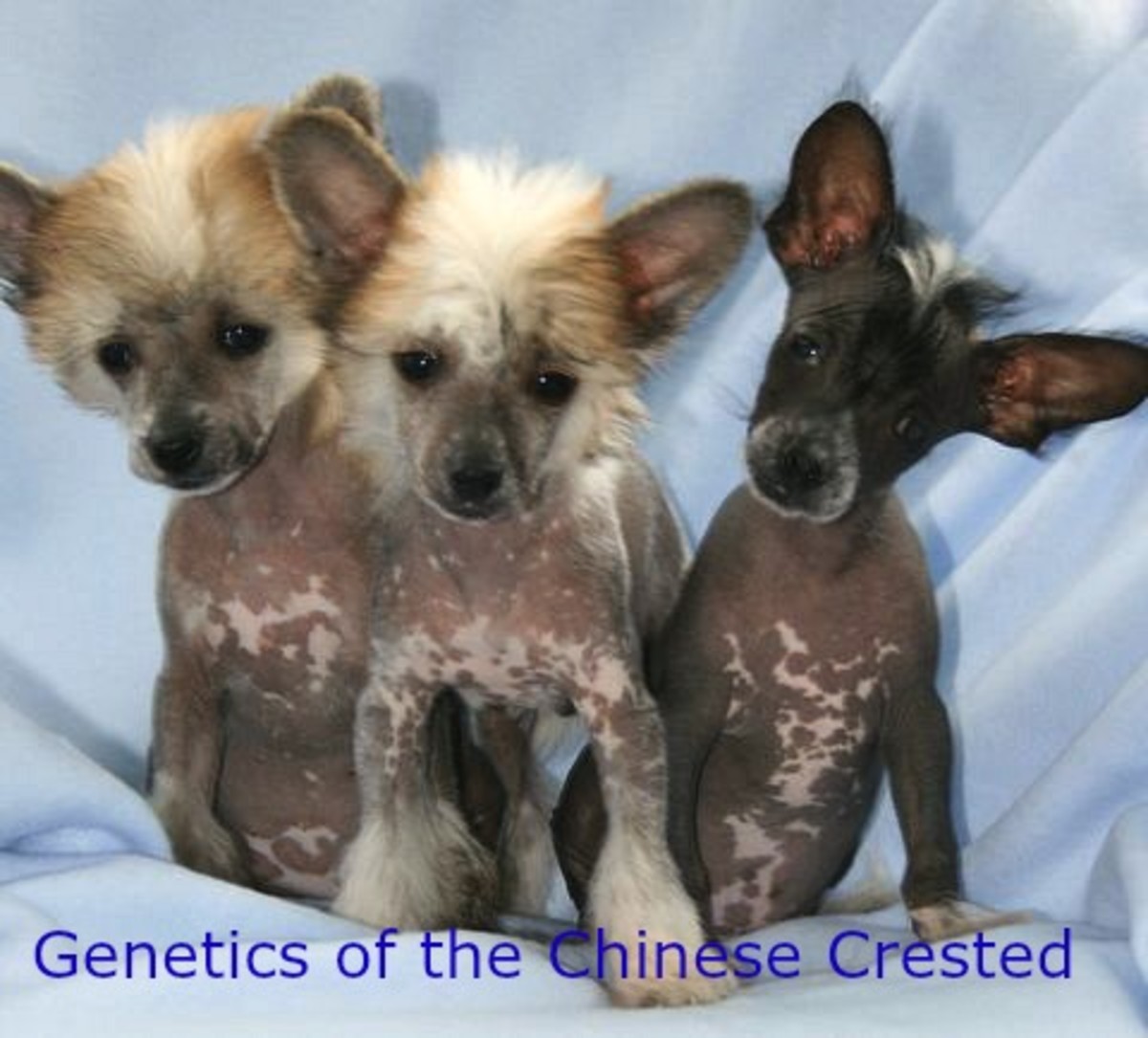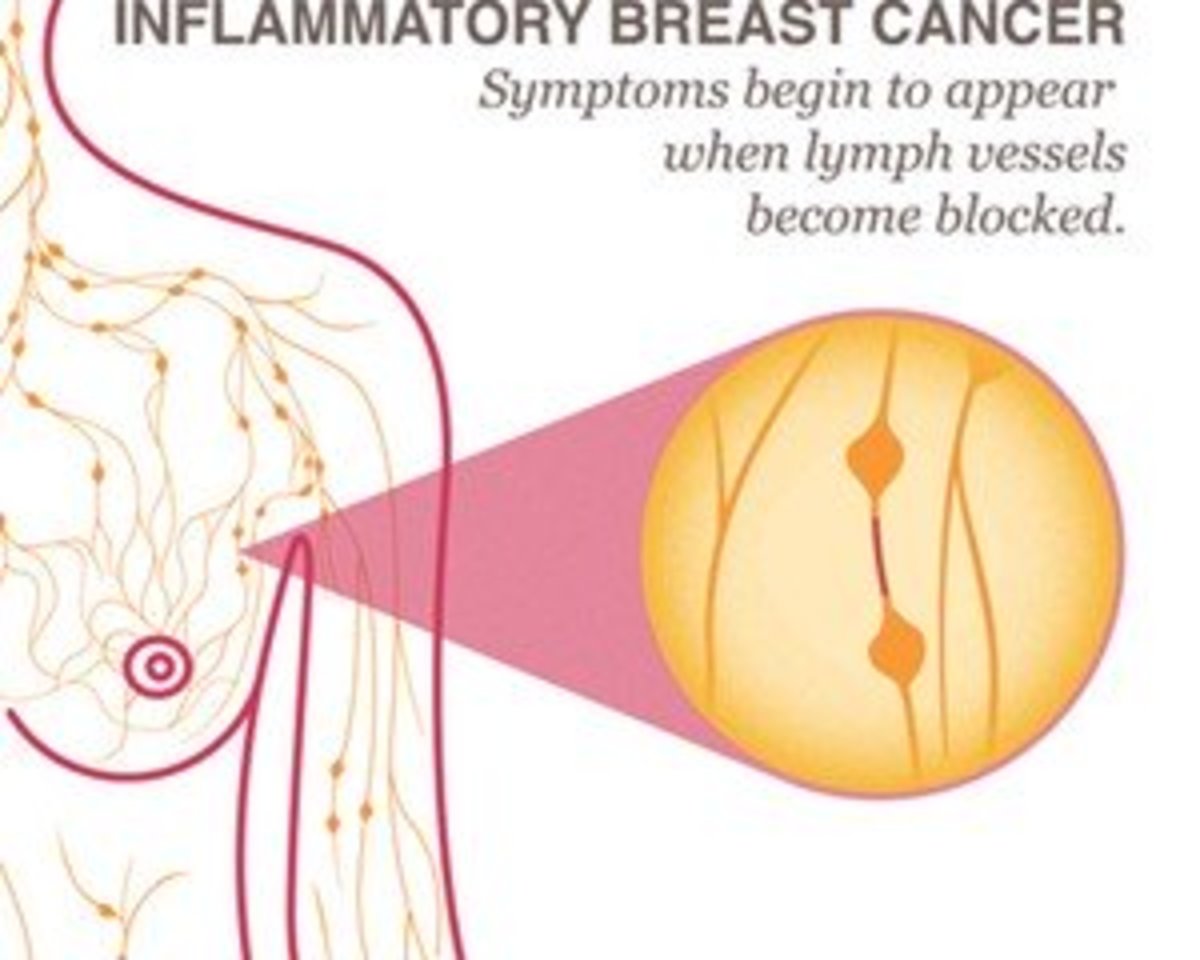Breast Cancer Discoveries and Research

Copyright 2012 - present, Kris Heeter, Ph.D.
While it has been known for some time now that only 5-10% of breast cancers are based on inherited genetic mutations, the underlying cause of the other 90-95% has been an immense curiosity among scientists.
Researchers studying the genetics that underlie multiple breast cancer tumors are reporting some rather unexpected findings.
With recent advances in DNA sequencing technology, the genetics of the large non-inherited class are now being intensely investigated. Research in the last few years, has lead to the identification of a significant number of non-inherited genetic rearrangements in many breast cancers.
Several research groups have found that the genetic abnormalities in any given breast cancer tumor studied can be as simple as a single genomic (genetic) rearrangement to as many as 200 rearrangements.
Research released online in November, 2011, and published in Nature Medicine, identifies two new specific genetic rearrangements that are thought to trigger 5-7% of all breast cancers.
Breast Cancer - No Longer Seen As One Disease
One of several leading investigators of breast cancer tumor research, Dr. Mike Stratton of the Wellcome Trust Sanger Institute, has noted differences in the genetic rearrangements of different breast cancer tumors:
"...the genomes were different from each other, with multiple distinctive patterns of rearrangement observed, supporting the view that breast cancer is not one, but several diseases."
This ultimately makes treating breast cancer a bit more challenging. With so many different ways that genes can recombine and rearrange, it means that one cure or solution isn't going to work for all breast cancers.
What has become apparent, though, is that a common denominator exists in many of these tumors:
"It looks as though some breast cancers have a defect in the machinery that maintains and repairs DNA and this defect is resulting in large numbers of these [genetic] abnormalities..." (Dr. Andy Futreal of the Wellcome Trust Sanger Institute).
When DNA is damaged and the body's normal repair mechanisms are not functioning, genetic rearrangements start to pile up. This causes a significant amount of genetic damage that can no longer be fixed. When genetic damage goes unchecked and/or not fixed by the normal repair process, a tumor can eventually arise and get out of control.
How Do These Non-Inherited Genetic Changes Occur?
Our bodies are subject to DNA damage on a daily basis. Chemical exposure through foods, through the air we breath in and the household products we use can all lead to genetic damage on a reoccurring basis. Repeated exposure to radiation (X-rays, cell phones, and other electronic gadgets) can also increase genetic damage to varying degrees.
During our rest cycle (when we sleep), individual cells in the body go through a ritualistic DNA repair process. It's during that time that much of the damage is taken care of and normal DNA structure is restored.
However, there is point where this repair process itself can either be damaged or can be overwhelmed and ultimately the genetic damage cannot be reversed.
Long term or excessive exposure to environmental factors, poor diet, or damage to the factors that participate in DNA repair are just some examples that can contribute to the long term genetic mutations and rearrangements that can become permanent.
A healthy lifestyle that includes a nutrient rich diet (that is strongly plant-based for increased antioxidants and nutrients), sufficient sleep and stress management are all key components to keeping genetic mutations and rearrangements at bay.
A growing body of research strongly indicates that nearly 40% of most cancers can be prevented through a healthy diet and lifestyle.
Genome Rearrangements Beyond Breast Cancer
Genomic rearrangements are not isolated to breast cancer alone and have been associated with other cancers. Genetic recombination has classically been shown to be common in some soft tissue tumors and blood cancers.
This new research on breast cancer, as well as a growing number of other cancer studies in the last few years, paints a much broader picture, indicating that these types of genetic rearrangements are not restricted to soft tumor cancers. They are now also associated with commonly found solid tumors, like those found in prostate, breast and lung cancer.
And, researchers are now identifying aggressive breast cancers by using mathematical and statistical analyses to look at patterns and complex changes (genomic rearrangements) in breast cancer genomes.
Additional References of Interest:
Science Daily Online, 2011: Genetic Rearrangements Drive 5 to 7 Percent of Breast Cancers
Robinson et al. 2011. Functionally recurrent rearrangements of the MAST kinase and Notch gene families in breast cancer. Nature Medicine doi:10.1038/nm.2580
Stephens et al. Complex landscapes of somatic rearrangement in human breast cancer genomes. Nature, 2009; 462 (7276): 1005 DOI: 10.1038/nature08645
Science Daily Online, 2012: Identifying Aggressive Breast Cancers by Interpreting the Mathematical Patterns in the Cancer Genome
To learn more about the importance of sleep:
In addition to repairing DNA, our sleep cycle has profound affects on other aspects our health. Below are two additional articles that cover the importance of sleep:








